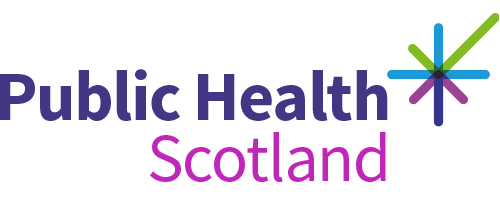- Published
- 23 July 2025
- Journal article
Eating disorder presentations to a child and adolescent mental health service in the UK before and during the COVID-19 pandemic
- Authors
- Source
- Eating Behaviors
Abstract
PURPOSE: Previous studies have reported an increase in new-onset adolescent eating disorder (ED) patients during the COVID-19 pandemic, with some studies showing a change in illness presentation. This study aimed to replicate and expand on previous work by further examining changes in illness and demographic characteristics.
METHOD: Changes in the number of new ED referrals to a Child and Adolescent Mental Health Service were examined between 2019 and 2022. Additional analyses explored changes in duration of symptoms, weight-for-height, the need for more intensive care, age, and socioeconomic status. All analyses were conducted within the Bayesian framework.
RESULTS: A total of 371 new ED referrals were seen during the study period, and a significant increase in new ED cases was observed during COVID-19. This increase was not driven by any particular diagnostic group. There was no evidence for meaningful changes in demographic or illness characteristics.
CONCLUSIONS: These findings replicate previous work demonstrating a steady increase in ED patients during the pandemic. We did not find an accompanying change in illness characteristics. There was no significant change in the measure of patients' deprivation, suggesting that the pandemic did not widen the service access gap.
Cite as
Bailey, R., Romaniuk, L., Cannon, N., Clifford, M., McNicholas, F., Kelleher, I. & Leppanen, J. 2025, 'Eating disorder presentations to a child and adolescent mental health service in the UK before and during the COVID-19 pandemic', Eating Behaviors, 58, article no: 102016. https://doi.org/10.1016/j.eatbeh.2025.102016
